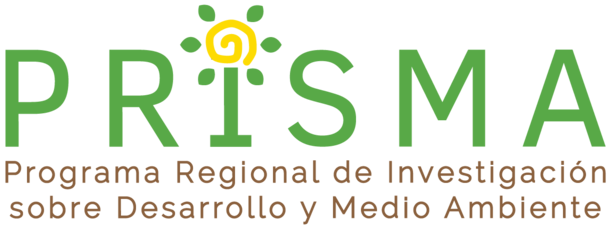Where the river hides: social conflict around, protected areas and sacred sites in highland Guatemala
04 de abril de 2016
The national park Semuc Champey, which is translated to “where the river hides”, from the Q’eqchi Mayan communities that have inhabited the surrounding area for centuries, is emblematic of the contradictions and conflicts that arise when protected areas are declared in territories historically occupied and managed by Indigenous Peoples. Because of its natural beauty, Semuc Champey has become an increasingly popular international and national tourist destination. Despite Semuc Champey’s opularity, the park’s protected designation and management has come under scrutiny due to conflicts between the local indigenous people who live there and protected areas managers from the central government.
This case study looks at current conflicts between indigenous peoples and protected area authorities over the benefits flowing from a sacred site that is being utilized by the government for national and international tourism. Adequate consultation, dialogue and processes of free prior informed consent are requirements under both Guatemalan law and its international obligations, but are not always well executed on the ground, exacerbating underlying conflicts around land and natural resource that have long historical roots. Conflicts over land and natural resources are in fact widespread, with the the Secretariat of Agrarian Affairs reporting more than 1,336 open conflicts over 477,992 hectares of land in 2012; and “the conflicts, involving 1,100,085 people, were the result of lack of consensus between the different users of natural resources”.
This publication is part of a series of studies for the Report “Conservation and Community Rights: Lessons from Mesoamerica”
